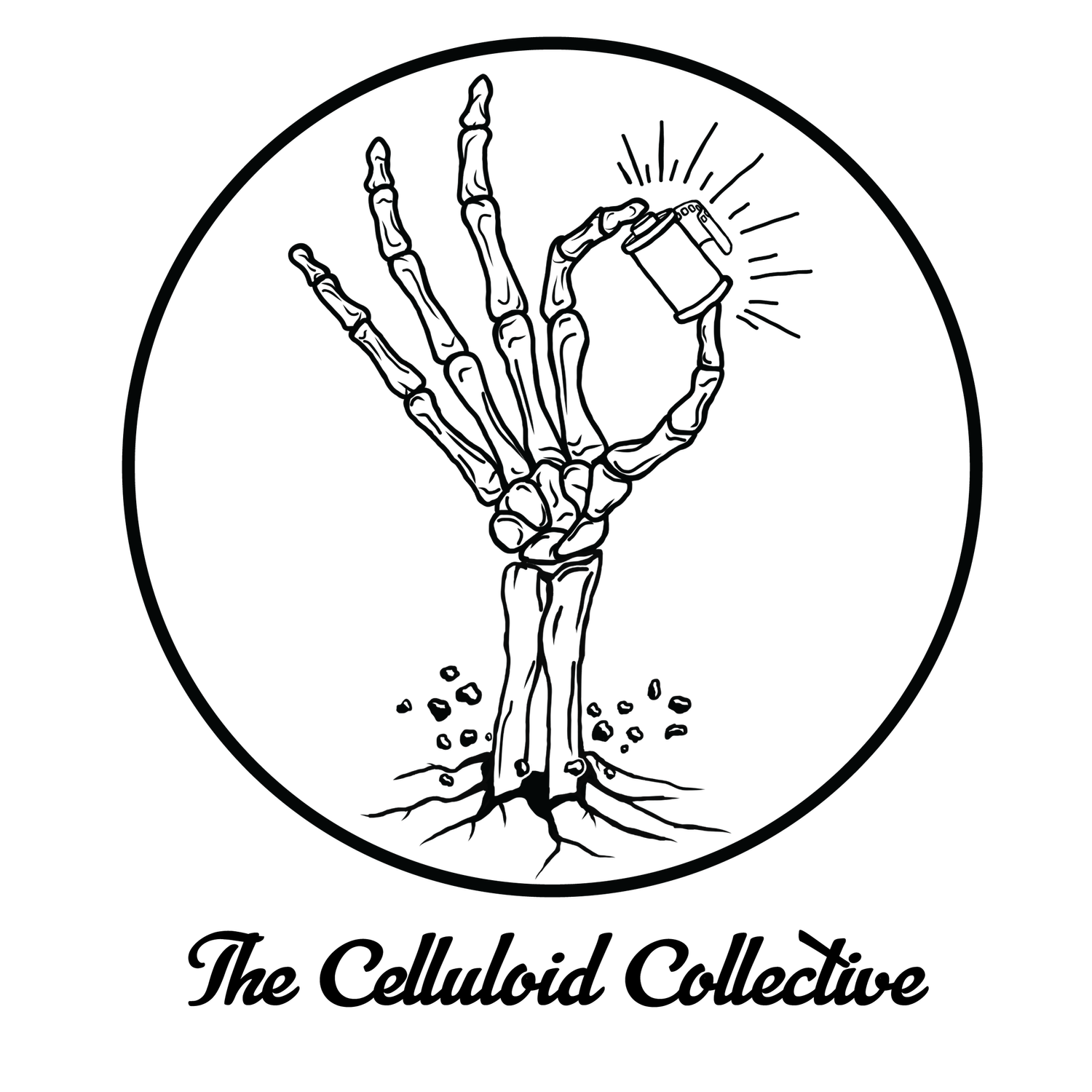Film Lives Forever
Film Lives Forever , Kodachrome In 2024
One of my favorite things about celluloid is how it allows for so much manipulation at each step. While I have shot motion picture film multiple times in the past, I wanted to learn how to develop it on my own…I stumbled across Kodachchrome 40 from the 60’s and 70’s. Originally used as a color positive transparency film I quickly learned that the base of the film is the same as standard B&W
R.C. vs. Fiber
R.C. vs. Fiber What’s The Big Deal?
Over the past 7 months, I have been curating a new photo exhibit, comprised of images from the past seven years. Currently, I have worked through 70-plus rolls of film that I have never shown to anyone, deeming the images “not good enough” by me and no one else. In working through the negatives I did ample research on how to camera scan and how to work with fiber paper, where I received lots of conflicting advice.
D-96 vs. D-76
The idea for this test was inspired by a few things. One lets finally shoot on Double X! Then lets see what the stock looks like developed in D96 the suggested developer for Double X motion picture stock and also see the stock developed in D76 the staple of black and white developer for still photography film stocks!
Back it Up!
Camera scanning vs. Flatbed scanning of your negatives. Does it really matter? I have been exclusively a flatbed scanner for the past five years, never happy with the final results. Be it the speed, the dust, or the workflow, I was never completely happy with my digital scanned backups..








